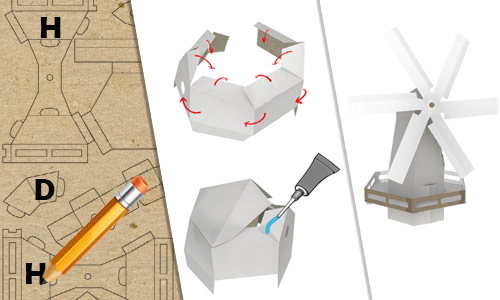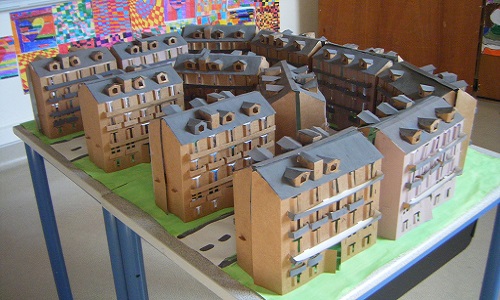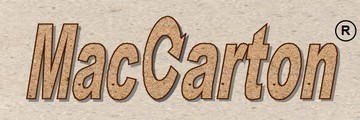How it works ?

01 : Construction
The pupils numbers each piece in pencil and carefully separates the pre-cut pieces. Each student folds and glues the pieces according to the instructions provided. Any childrens glue can be used. Some models are to be built as a group activity, others are individual models.

02 : Decoration
Each student can customize and decorate their models at any time. It's usually easier to decorate once the model is completed. Each pupil can use paint, markers, crayons, stockers. Downloading files to personalize the decoration is available for some models.

03 : Achievement
Each student brings home their construction. Parents may wish to order additional copies to duplicate what was done in the school. This would provide enjoyable family time to share with the children in order for them to explain what they learned in school.
The benefits of our models :
An educational tool
The construction of our models is a way for students and children to develop their knowledge and skill in conjunction with the class and the school curriculum.

LEARNING
in an enjoyable environment
The model represents a building, an object or a technic which is part of the educational program. Children learn history, technology through these models.

WORK
as a team
We propose to develop the work among students with models to perform individually or in groups. Each student can then reinvest in family work done at school.

CREATE
to be creative
These constructions allow students to realize a different approach to learning history, mathematics, technology, art ...
AIn order to encourage success, this fun activity works many transferable skills.
Language proficiency |
|
Scientific and technological culture |
|
Humanistic culture |
|
Social and civic skills |
|
Autonomy and initiative |
|
Other skills can be worked.
